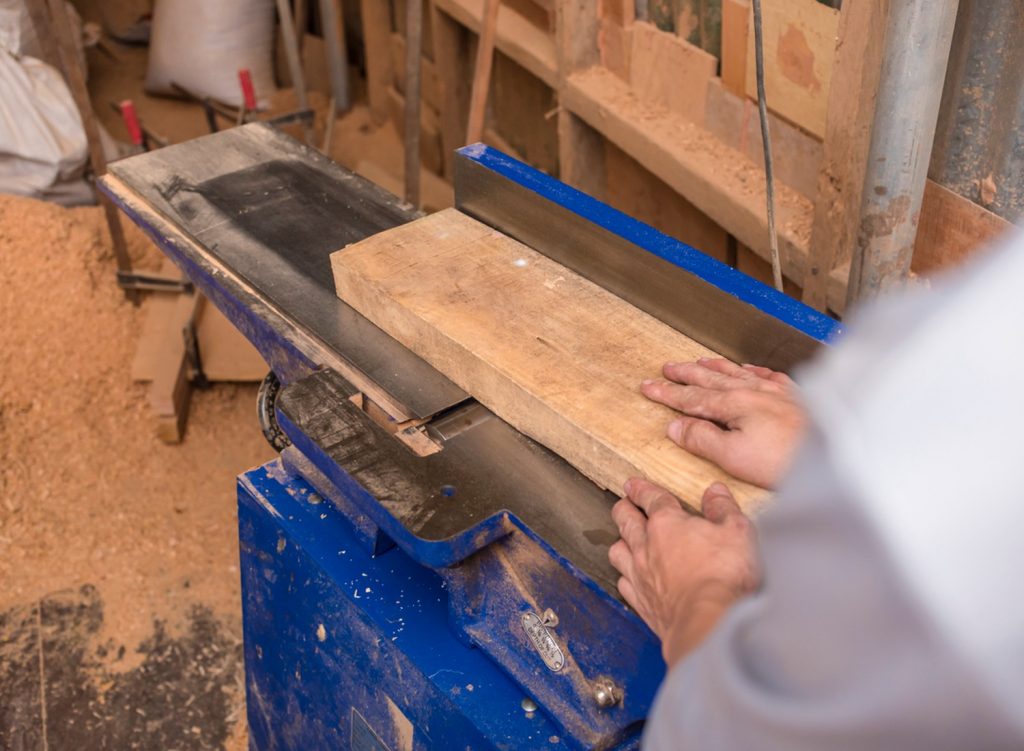What Is a Jointer and How Does It Differ From a Planer?

Embarking on a woodworking journey unveils a world where precision meets craftsmanship, and two pivotal tools, the jointer, and planer, take center stage. As artisans delve into transforming raw lumber into refined creations, understanding these woodworking workhorses becomes paramount.
In this exploration, we delve into the intricacies of the jointer, a machine dedicated to flattening and straightening, and distinguish it from its counterpart, the planer. Together, these tools form an inseparable duo, each contributing distinct strengths to the symphony of woodworking. Join us as we unravel the mysteries, uncovering the magic that unfolds when the jointer and planer collaborate to sculpt wood into timeless masterpieces.
Understanding the Jointer
At its essence, a wood jointer is a woodworking machine designed to flatten and straighten the edges of boards. Its primary function revolves around creating flat surfaces on one side of a board and squaring up an adjacent edge. This is especially crucial when working with rough lumber, where irregularities and uneven edges can impede subsequent stages of the woodworking process.
The jointer consists of a flat, elongated table with a rotating cutter head situated above it. As the user feeds the board across the table, the cutter head shaves off thin layers from the wood, correcting any warps or twists in the process. The outcome is a board with a perfectly flat surface and straight edges, laying the foundation for precise joinery and seamless constructions.
In the woodworking symphony, the planer is complementary to the jointer. While the jointer focuses on the edges, the planer specializes in refining the thickness of the board. Operating on a similar principle, the planer employs a set of rotating blades to remove material. However, instead of addressing the unevenness on the edges, the planer evens out the thickness across the entire surface of the board.
Woodworkers often use a jointer and hand planer in tandem to achieve boards with flat surfaces, straight edges, and uniform thickness. The jointer preps the wood by establishing one flat reference surface and square edges, and the planer then ensures consistent thickness throughout the board.
Key Differences: Jointer vs. Planer
1. Purpose
The jointer excels in flattening surfaces and squaring edges, ensuring the foundational geometry of the wood.
The planer specializes in achieving consistent thickness across the entire surface of a board.
2. Direction of Cut
The jointer operates with the wood grain, addressing irregularities on the face and edges.
The planer cuts against the grain, smoothing the entire surface thickness.
3. Surface Contact
The jointer makes contact with only a portion of the wood, focusing on localized corrections.
The planer engages the entire surface, producing a uniform thickness from end to end.
4. Board Orientation
The jointer requires a flat reference face and feeding the board with one face down against the table.
The planer doesn’t demand a flat reference face, allowing for both faces to be planed consecutively.
Integrating Jointer and Planer in Woodworking
A harmonious interplay between the jointer and planer is key to achieving woodworking excellence. Woodworkers then transition to the planer for consistent thickness, starting with the jointer to establish flat surfaces and square edges. This dynamic duo ensures that the wood is meticulously prepared for subsequent stages of the creative process, whether crafting furniture, cabinets, or intricate joinery.
Conclusion: Precision in Every Pass
The jointer and planer are indispensable instruments, each contributing its unique prowess to the craft. While the jointer lays the groundwork by rectifying irregularities on the surface and edges, the planer takes the baton, ensuring a uniform thickness that transforms raw lumber into a canvas ready for the artisan’s touch.
Mastering the art of woodworking demands an intimate understanding of these tools and their nuanced roles. When used skillfully in conjunction, the jointer and planer elevate craftsmanship to new heights, turning rough lumber into refined works of functional art. So, the next time you embark on a woodworking project, consider the jointer and planer as your trusted allies, guiding you toward precision in every pass.
